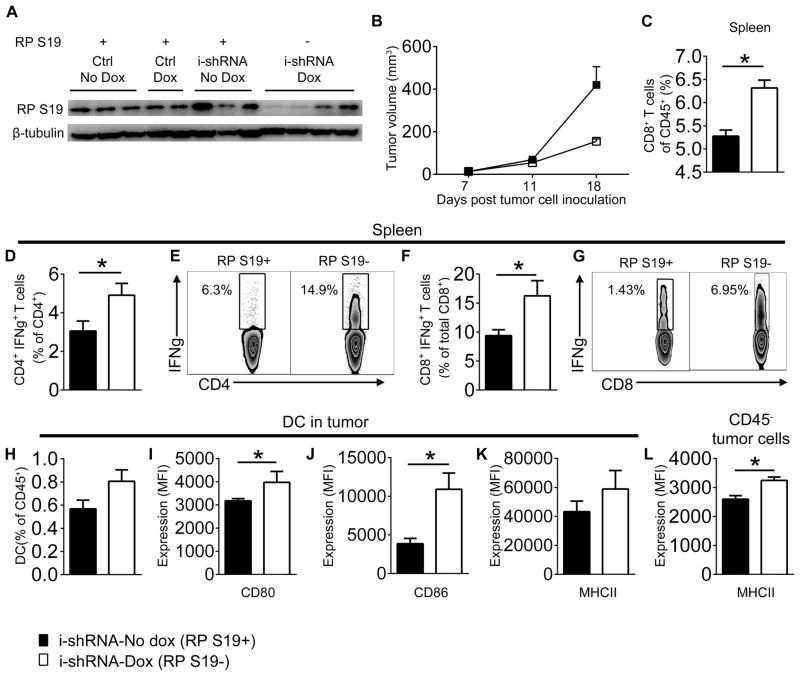Figure 3. The downregulation of RPS19 in NT-5 tumor cells leads to reduced tumor growth and improved immunity in Her2/neu transgenic mice.
(A) RPS19 in whole cell lysates of tumors composed of NT-5 cells transduced with an empty lenitiviral vector (Ctrl) or inducible lentiviral RPS19 shRNA (i-shRNA) from Her2/neu vehicle (PBS)-treated transgenic mice (No Dox) or mice treated with doxycycline (Dox) by western blot. (B) Volumes of tumors generated by injecting NT-5 cells, transduced with inducible lentiviral RPS19 shRNA, to Her2/neu transgenic mice treated with vehicle (black square-i-shRNA-No dox [RPS19+]) or doxycycline (white square-shRNA-Dox [RPS19−]), P=0.0201 by Two-Way ANOVA (C–L) Immunity in mice bearing RPS19+ vs. RPS19− tumors by FACS. (C) CD8+ T cells in spleens, *P=0.0081 by t-test. (D) IFN-γ producing CD4+ T cells in spleens, *P=0.0499 by t-test. (E) Representative plots for D. (F) IFN-γ producing CD8+ T cells in spleens, *P=0.04 by t-test. (G) Representative plots for F. (H) Dendritic cells (DC) in tumors. (I) CD80 on DC, MFI-median fluorescence intensity *P=0.0373 by t-test. (J) CD86 on DC, *P=0.0402 by t-test. (K) MHC II on DC and (L) CD45− tumor cells, *P=0.0193 by t-test. Legend described in B applies to all panels. Data are representative of two independent experiments with n=3–5.

